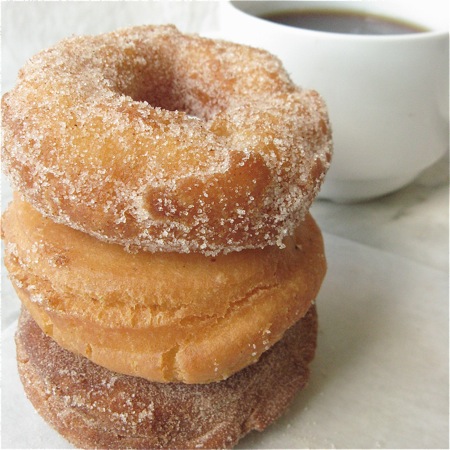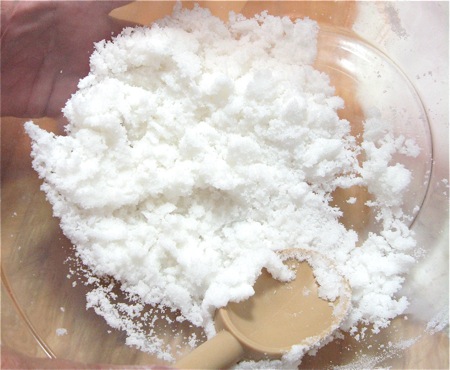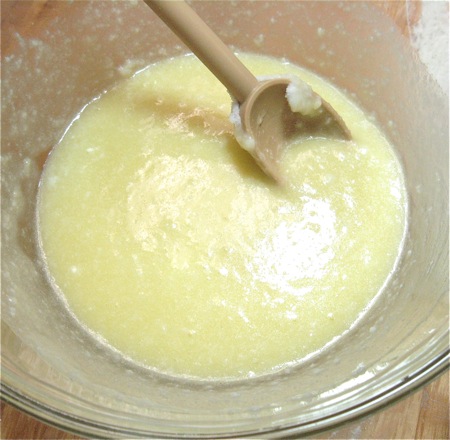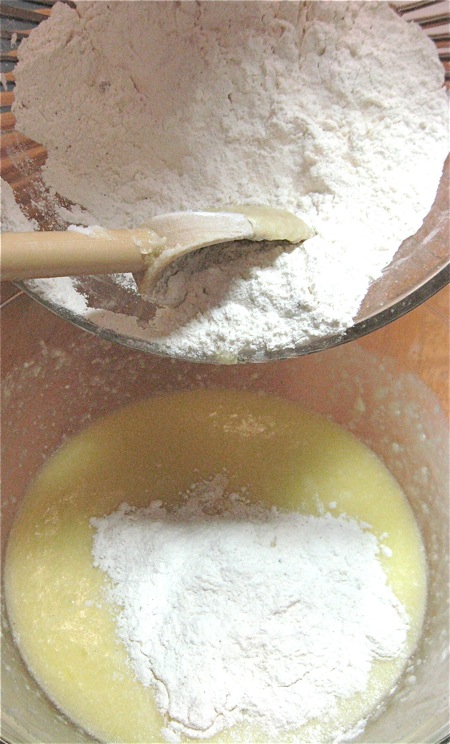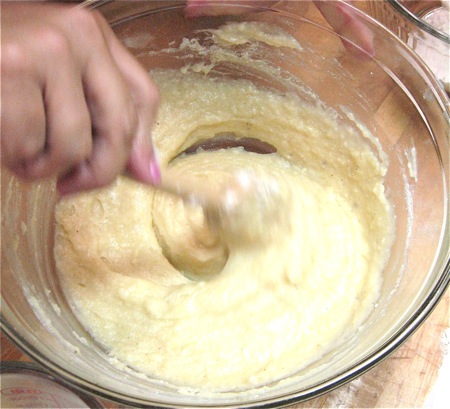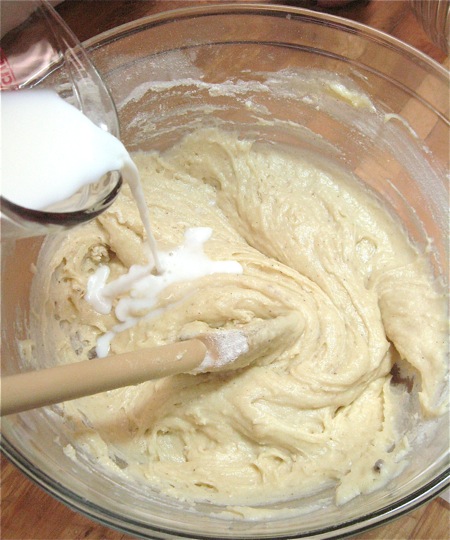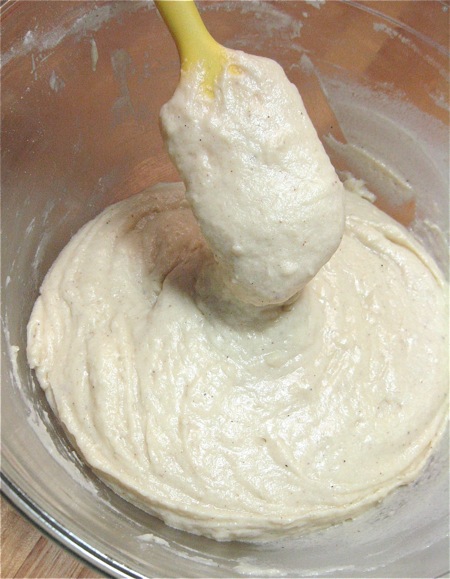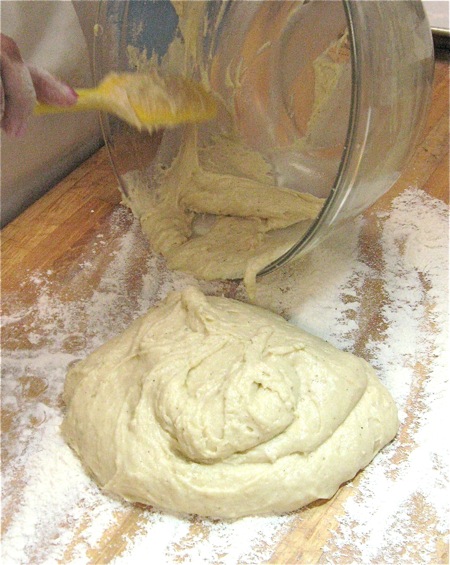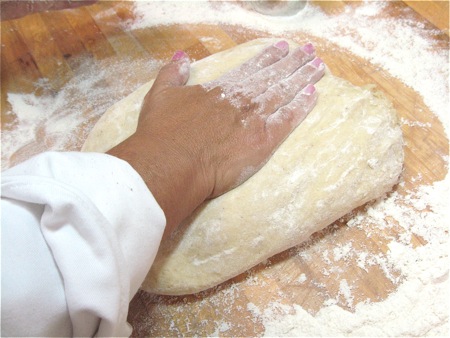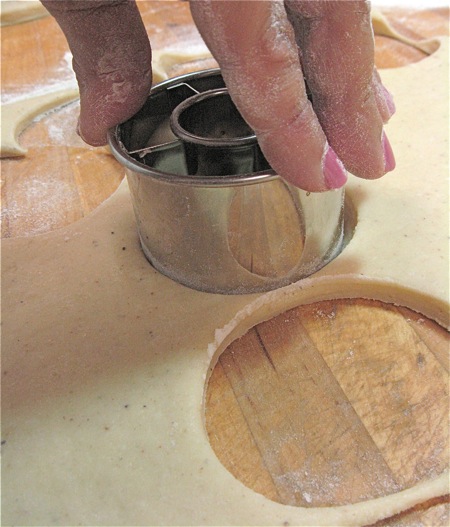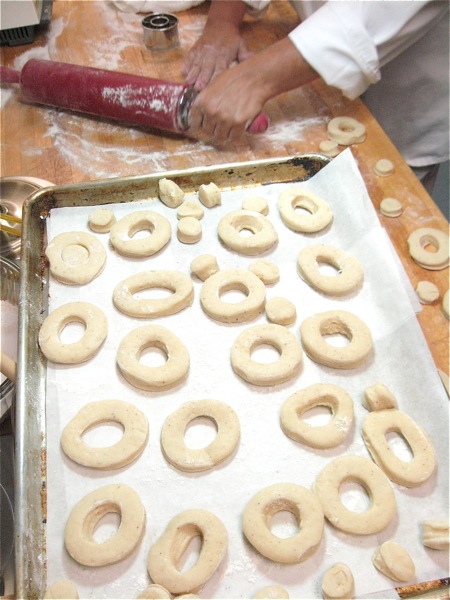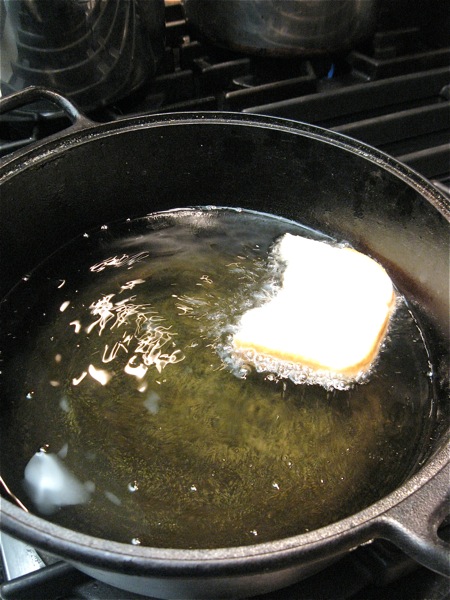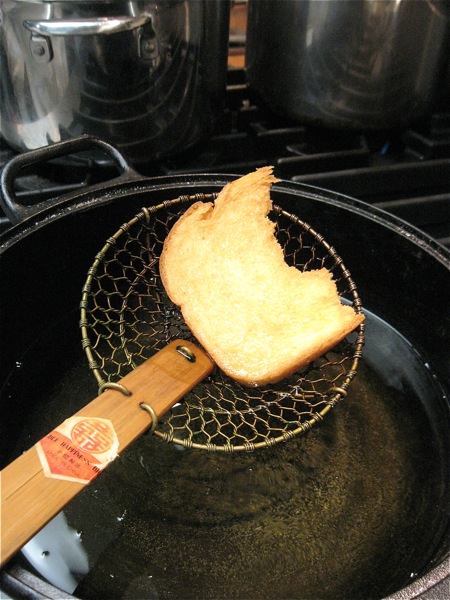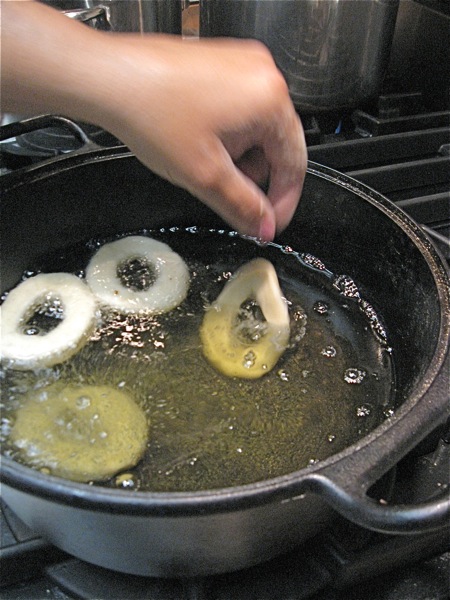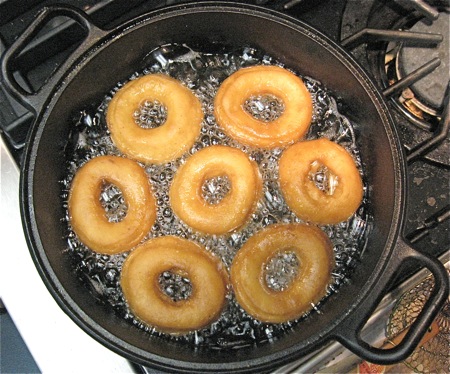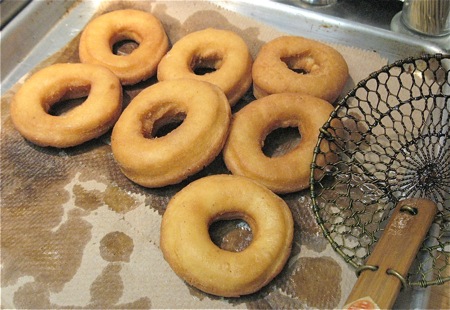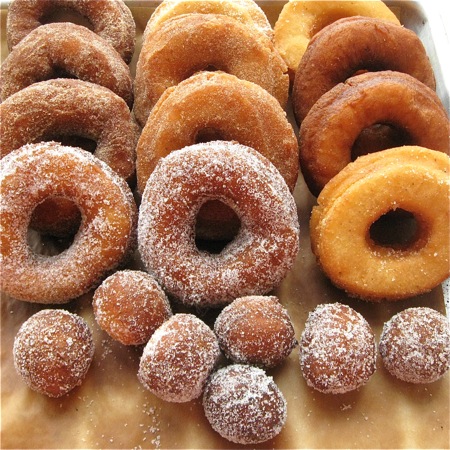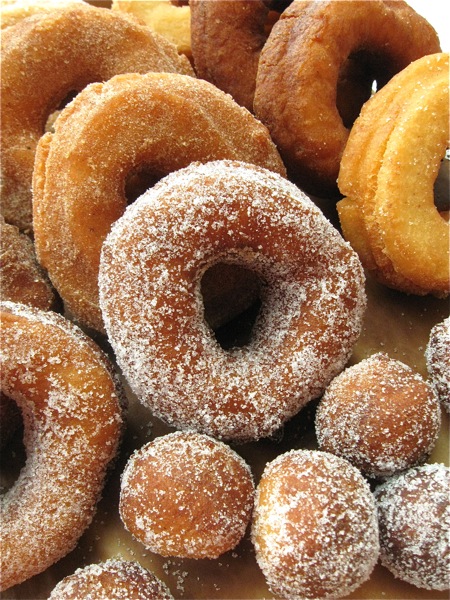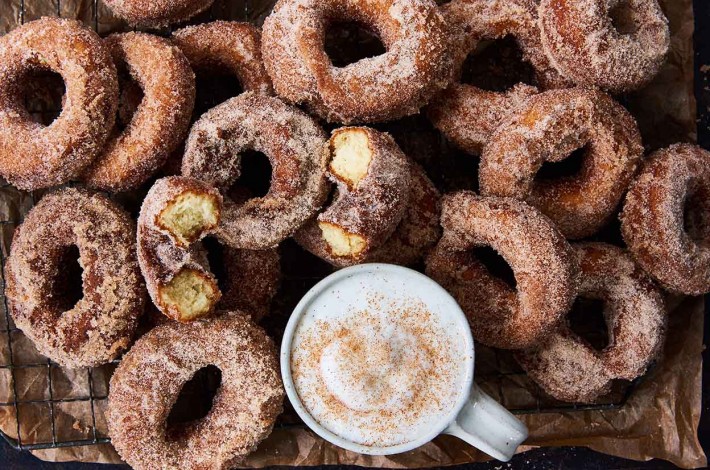


Berry Gordy Jr. wrote that he could “dance the mash-potato,” but he probably never used mashed potatoes to make cake doughnuts. This magic ingredient and the following recipe from Grammie Nut will bring you back to that picture-perfect fall day - the one that isn't complete without a cup of fresh cider and an old-fashioned (a.k.a. cake) doughnut.
Every community has an expert home cook - the untitled caregiver of the community who's the first to arrive at the fire department with sustenance for the firefighters, or the first one on your doorstep when you're in the midst of family marker events - taking care of you whether you're family or not!
Births, deaths, celebrations, ripe fruit or vegetable season - Bea's kitchen (Grammie Nut, as she was known in our town) was the source of both sweet and savory aromas. She's no longer with us, but her son-in-law makes these doughnuts and serves them at a local diner. You'll find similar donuts in the big glass jar on the counter at many New England diners.
Cake or old-fashioned donuts are leavened with baking soda or baking powder. Yeast or raised doughnuts are distinctive, as they're usually bigger and puffier (yeast and a rest or proofing period contribute to this); and they're often dipped in honey glaze.
The following recipe is for Mashed Potato Doughnuts. If you're looking for a cake-type buttermilk doughnut with a touch of whole wheat, check out our Old-Fashioned Cake Doughnuts.
In a large bowl, cream together the shortening and sugar. Creaming the shortening implies you'll be using solid shortening.
Add to this creamed mix the eggs and mashed potatoes.
Mashed potatoes help hold the moisture in baked goods for moist, tender results. Got just a bit of leftover mashed potatoes? This recipe is a perfect way to use them up!
Pumpkin donuts would be another great fall treat... you could substitute canned puréed pumpkin for the mashed potatoes in this recipe.
Blend together the creamed mixture, potatoes and eggs, then measure out the milk.
Save the milk to add to the rest of the ingredients later.
In another bowl, mix together the King Arthur Unbleached All-Purpose Flour, baking soda, salt, baking powder, and nutmeg.
Add flour and milk ALTERNATELY to the creamed mixture. This cake method of mixing will help ensure a tender finished product. Alternately means there are five additions of ingredients to the creamed mixture, beginning and ending with the dry ingredients. Dry; wet (milk); dry; the remainder of the wet (milk), and finally the last of the dry.
Start with about 1/3 the amount of the dry ingredients added to the creamed mixture.
Here is the first addition of the dry mixture stirred into the creamed mixture.
Add about half the amount of the milk. Stir until incorporated. Continue with the second addition of dry ingredients, the last addition of milk, then the last addition of dry ingredients.
Once the dough is mixed, it can either be refrigerated; or shaped and fried immediately.
This day, we decided to cook off the doughnuts right away.
Turn the dough out onto a heavily floured surface to knead slightly.
Strive for a soft dough that's thick enough to cut and hold its shape.
Roll the dough at least 1/2” thick. Some doughnut makers prefer to pat the dough; others use a rolling pin.
Using a doughnut cutter, cut the doughnuts and toss from hand to hand to remove extra flour.
Set cut doughnuts on a clean surface.
Heat grease or fat using medium-high heat - on this day we used vegetable oil and peanut oil for frying. Test the grease with a slice of white bread. The grease should bubble around the edges.
Pick up the bread and peek at the fried side. If it's golden brown after 1 minute, the temperature of the fat will be about 365°F - a good temperature for frying doughnuts.
Gently lower the doughnuts into the hot fat. As soon as the doughnut is close to the fat, release your grip and lift your hand up. This prevents dive-bombing doughnuts, and splashing fat!
Fry the doughnuts one layer at a time.
Turn the doughnuts when the first sides are golden brown.
This piece of equipment is called a spider. It's from my wok set, and is the best tool for frying doughnuts, especially the holes. To fry the holes, place one layer of doughnut holes in the spider, and lower the spider into the hot grease. The holes will float and you can remove the spider to let them continue to cook. The bagel strainer is another great tool for this!
Once the doughnuts are golden brown on both sides...
...remove them from the fat, and drain on paper towels.
Mix together 3/4 cup granulated sugar and 1 to 2 teaspoons cinnamon in a paper bag. Gently shake warm doughnuts in sugar/cinnamon mix, or leave plain.
The doughnuts at left, above, are coated in our Cinnamon-Sugar Plus. Doughnuts on the right are plain; and doughnuts in the front were coated in plain granulated sugar.
Honestly, I've made better doughnuts in the past than those pictured from this day; my former classroom students made better doughnuts! The torn sides on these is an indication I incorporated too much flour into the dough.
Bea's original recipe was also published in a fundraiser cookbook for our local library in the ’70s. It calls for 5 cups of flour and 4 eggs, so to reduce any concerns about ingredients, I halved the recipe for you. Older recipes tend to be much larger than people these days want to make!
Pour yourself a cup of coffee or cider and enjoy this fall treat!
Read, rate, and review (please) our recipe for Mashed Potato Doughnuts.


